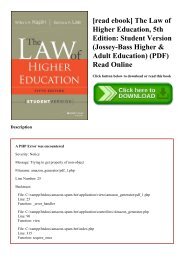

The recorded phone messages from traders during the California energy crisis are chilling examples of the amount of greed that infested the company at every level.īut the film is more than a collection of facts about what happened. Later the company would go onto make billions of dollars exploiting the deregulation of the California energy market, creating rolling blackouts so they could arbitrarily manipulate prices. However, when ill-fated deals were losing the company almost everything, Skilling brings in Andy Fastow, who devised ways to put off the company’s debt into fake investment firms and then got almost every major bank in the world to invest in these sham companies - virtually giving Enron free loans. So started a culture at the company where making a deal was more important than it actually succeeding. The major occurrence that allowed Enron to mask their fraud was being allowed to use an accounting method called market-to-market where long-term, approximated profits could be recorded on the books as real profits. Lay later hired Jeffery Skilling, who was the architect of Enron’s rise and fall. This isn’t inherently bad, but when oil traders were virtually gambling away tens of million of dollars of the company’s money and then hid the fact from investors, there’s a major problem. Ken Lay, the top man at Enron, had been a risk taker from the start. Alex Gibney’s documentary based on Bethany McLean and Peter Elkind’s book delves into the personalities that created a perfect breeding ground for corruption. Enron has become a pseudonym for corporate corruption.


 0 kommentar(er)
0 kommentar(er)
